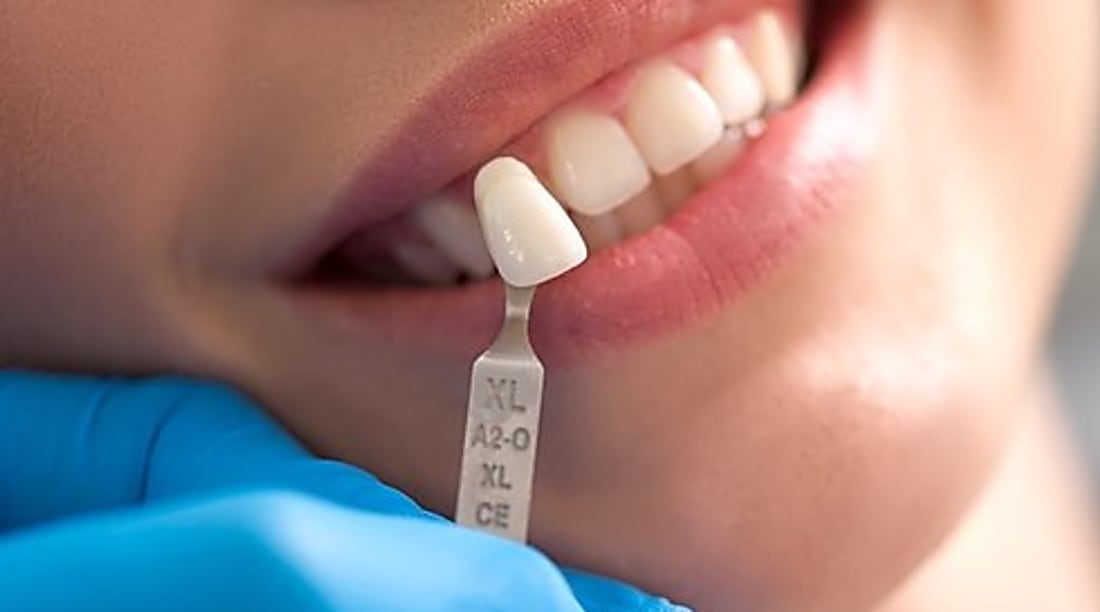Complete Guide to Dental Implants: Transform Your Smile
Discover how dental implants restore missing teeth with a natural look, strong bite, and preserved jawbone health. This guide explains who qualifies, what the multi-stage procedure involves, benefits, potential complications, and costs including common pricing options like All-on-4 and full-arch restorations.

Complete Guide to Dental Implants: Transform Your Smile
Dental implants have become a leading solution for replacing lost teeth, offering long-term stability, a lifelike appearance, and protection against jawbone deterioration. This guide walks through who makes a good candidate, how implants are placed, the advantages and possible complications, and what you can expect for cost and insurance coverage.
Who makes a good candidate for implants?
Ideal candidates are people in generally good health with adequate jawbone to anchor an implant. Healthy gums free of active periodontal infection are essential. While sufficient bone density helps, many patients with bone loss can be treated after bone grafting or sinus lift procedures that rebuild the jaw structure.
Age alone is rarely a barrier; older adults frequently undergo successful implant treatment if their overall health permits. Certain medical conditions may complicate implant therapy — for example, uncontrolled diabetes, heavy smoking, or a history of radiation to the jaw can increase risk. A thorough medical and dental assessment, including imaging, helps determine whether implant therapy is appropriate and safe.
What happens during the implant process?
The implant pathway generally unfolds over several months and consists of key stages:
- Evaluation and planning: A dentist or implant specialist performs a detailed exam with X-rays or 3D scans to evaluate bone volume, map vital structures, and plan implant position.
- Implant placement: A titanium implant is surgically inserted into the jawbone beneath the gum tissue. This acts as an artificial tooth root.
- Healing and osseointegration: Over the following weeks to months, the implant fuses with the bone in a process called osseointegration, creating a stable foundation.
- Abutment placement: After integration, a connector piece called an abutment is attached to the implant to support the prosthetic tooth.
- Crown or prosthesis attachment: A custom crown, bridge, or denture is fabricated and mounted to the abutment, restoring function and aesthetics.
Some cases use immediate-placement or immediate-load protocols that shorten the timeline; however, these depend on bone quality and clinical judgment. Additional steps such as bone grafts or sinus lifts may be required before or during implant placement.
Benefits of choosing dental implants
Dental implants offer several advantages compared with traditional options:
- Natural appearance and function: Implants look and behave like natural teeth, improving chewing efficiency and speech.
- Durability: With proper care, implants can last many years or even decades, often outlasting bridges and dentures.
- Bone preservation: By stimulating the jawbone, implants help prevent the bone loss that follows tooth loss, maintaining facial contours.
- No alteration of adjacent teeth: Unlike fixed bridges, implants do not require grinding down neighboring teeth.
- Convenience: Implants are permanent and eliminate concerns about slippage or adhesives associated with removable dentures.
Potential risks and complications
Although implants have a high success rate, they are surgical procedures and carry possible complications. These include infection at the implant site, damage to adjacent teeth or blood vessels, nerve injury producing numbness or pain, and sinus perforation with upper-jaw implants. Most complications are uncommon when treatment is planned and executed by experienced clinicians. Adhering to post-operative instructions, maintaining good oral hygiene, and attending follow-up visits reduce risks significantly.
Cost expectations and insurance coverage
Implant costs vary based on the number of implants, the complexity of treatment, materials, and geographic location. Below is a general pricing overview for common procedures.
| Procedure | Average Cost Range | Factors Affecting Cost |
|---|---|---|
| Single implant (implant, abutment, crown) | $3,000 - $4,500 | Location, clinician experience, implant and crown materials |
| Full arch implants | $20,000 - $50,000 | Number of implants, type of prosthesis, lab fees |
| All-on-4 per arch | $15,000 - $30,000 | Case complexity, need for grafting, materials |
Prices, rates, or cost estimates mentioned in this article are based on the latest available information but may change over time. Independent research is advised before making financial decisions.
Insurance coverage for implants differs widely. Many dental plans treat implants as elective and limit coverage, while some policies provide partial benefits for the crown portion or offer a fixed allowance. It is important to verify benefits with your insurer. For patients who need financial flexibility, dental financing options and payment plans are commonly available through practices or third-party lenders.
Making the decision and next steps
Choosing dental implants should follow a detailed consultation with a qualified implant dentist or oral surgeon. During that visit, expect a review of your medical history, oral exam, and diagnostic imaging. The clinician will discuss treatment alternatives, the proposed timeline, any preparatory procedures that might be needed, and a personalized cost estimate.
Long-term success relies on careful planning, surgical skill, and regular maintenance. Routine dental checkups, daily brushing and flossing, and avoiding tobacco use are important for implant longevity.
This article is for informational purposes only and should not be considered medical advice. Please consult a qualified healthcare professional for personalized guidance and treatment.






